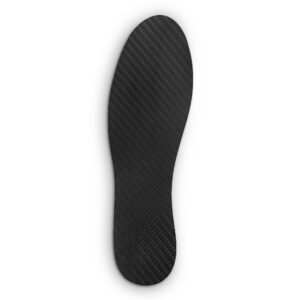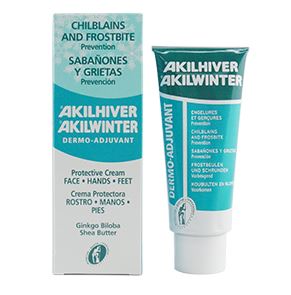How do the shoe stiffening inserts work?
The rigid inserts or insoles such as the Morton’s Extension Carbon Fibre Insole Plate and the Full Width Carbon Fibre Insole Plate are generally indicated for conditions where flexion at the joints across the ball of the foot is painful such as hallux rigidus (osteoarthritis of the big toe joint), turf toe (a traumatic injury to the big toe joint) and Freiberg’s disease (a damage to the lessor toe joints). By using these rigid stiff plates in the shoes will will restrict that motion and relieve some of the pain from those types of conditions.
These types of insoles are generally only 1 mm thick so fit easily into the shoes under the insole already in a shoe or under foot orthotics if you use them. They are very rigid as they have to be if they are to do what they are aimed to achieve and that is to restrict the motion. It can take a bit to get used to walking with these types of inserts as they do change the way that you walk so you do need to allow time to adapt to them. You may even need to cut back on the use of them for a while to help you get used to them.
When we are walking, as the heel comes of the ground, we need flexion across the ball of the foot to allow the heel and the rest of the foot to come of the ground so that we can move forward. If that movement is painful, then the purpose of these rigid shoe stiffening inserts is to limit that motion across the ball of the foot. The rigid stiff plate moves that “flexion” further forward in the foot.
If you do have a painful condition in the ball of the foot and find that when you wear a more rigid or stiffer shoes, then there is a good chance that these shoe stiffening inserts will help you. There is research evidence that they can be helpful.
















